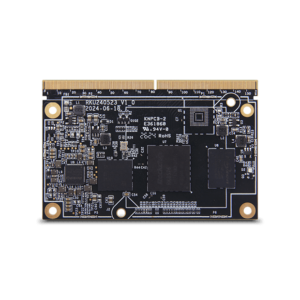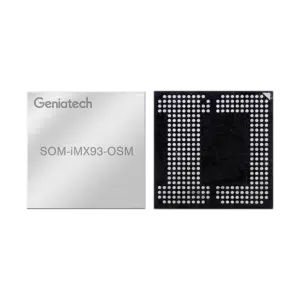Why System on Module (SoM) is the Future of Compact Computing Solutions
Why System on Module (SoM) is the Future of Compact Computing Solutions
Blog Article
The quick growth of technology has driven substantial inventions in embedded systems, certainly one of which is the system on module design Acting as a link between custom technology and off-the-shelf segments, the SoM is redefining how developers approach stuck program design. This website features the essential comprehension of a Process on Element and their growing applications in several industries.

What is a Process on Component (SoM)?
A Program on Element (SoM) is a small, ready-to-use table that combines all the primary the different parts of a system on a single module. That usually includes the model, memory, power administration products, and sometimes additional peripherals like Wi-Fi or Ethernet. Unlike a traditional single-board pc, an SoM doesn't have fittings and screen slots pre-installed, indicating it should be coupled with a provider board to make a whole system.
Made to streamline growth workflows, the modular character of an SoM allows developers to miss out the complex means of designing and assembling every individual aspect from scratch. By adopting an SoM, companies may concentrate more on the application-specific features of these products.
Features of Using Process on Component
The integration of a whole program on a singular element gift ideas several benefits. First, it significantly decreases the time necessary for item development. Pre-tested adventures assure security, keeping months of work for design teams.
Also, the scalability of an SoM enables corporations to modify performance levels based on project requirements. For instance, a low-cost answer can certainly range into a high-end solution by swapping the model in the element while preserving the company board design. This approach reduces design risks while marketing long-term cost-efficiency.
Finally, the consistency of an off-the-shelf component guarantees high compatibility with current instruments and frameworks, rendering it ideal for equally small startups and big enterprises seeking to hit the industry quickly.
Important Applications of SoM in Stuck Systems
The use of System on Segments spans many high-demand industries including although not limited by medical devices, automation, and customer electronics.
Medical Units
Reliability and reliability are paramount in healthcare. Process on Modules with protected processing functions are stuck in screens, imaging products, and portable diagnostic tools.
Commercial Automation
Strong and energy-efficient, an SoM is a must for professional control systems and autonomous robotics. Their scalable structure supports high-speed knowledge processing and IoT connectivity.
IoT Products

Consumer services and products like wise thermostats, wearable units, and actually house personnel combine an ultra-compact System on Element for smooth performance.
The System on Module remains to gain grip because decreased difficulty and flexibility, cementing itself as a future-proof alternative in the embedded methods sphere. Business leaders are already leveraging these segments, and their range is anticipated to increase even further as engineering evolves.
Report this page